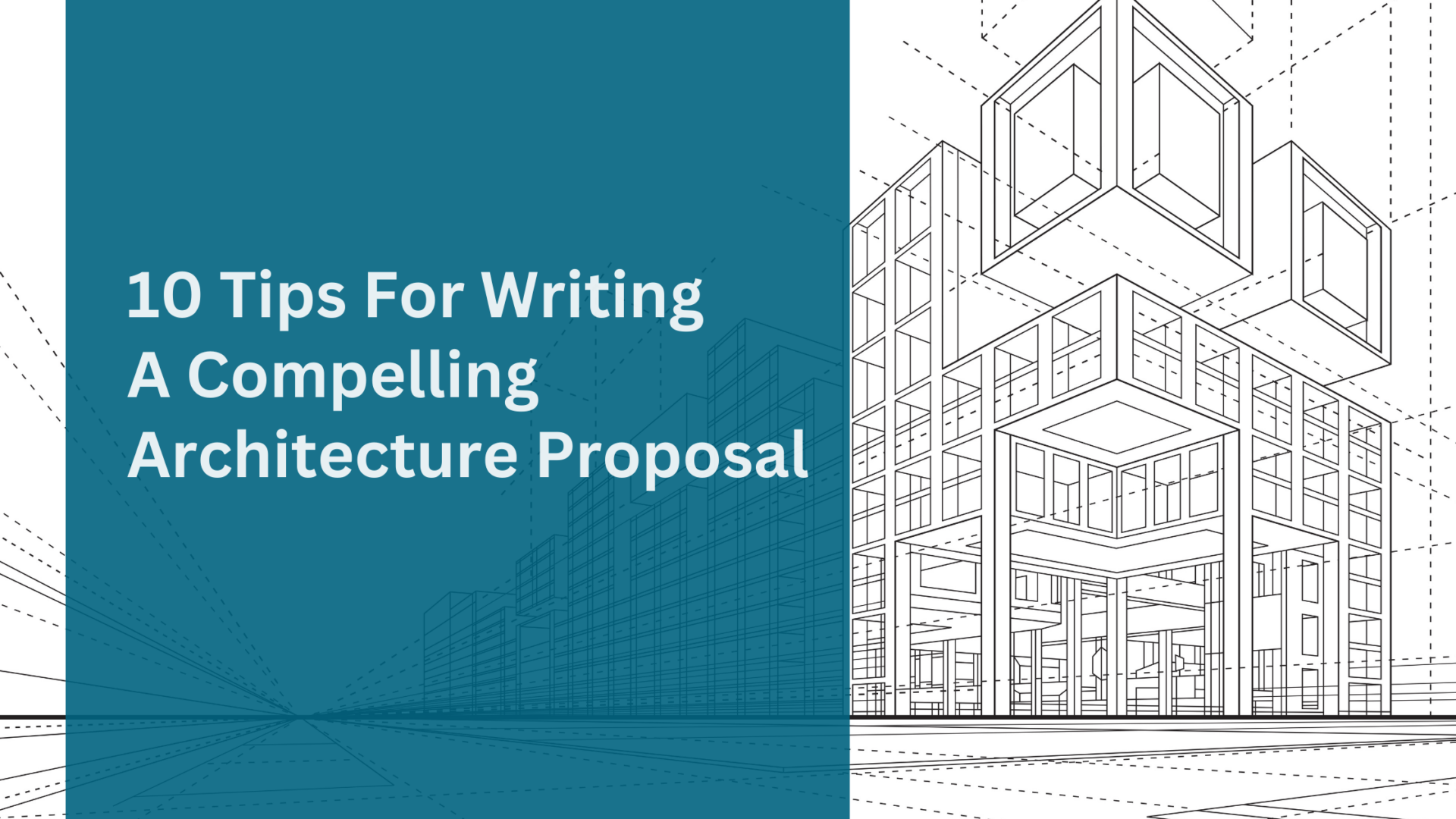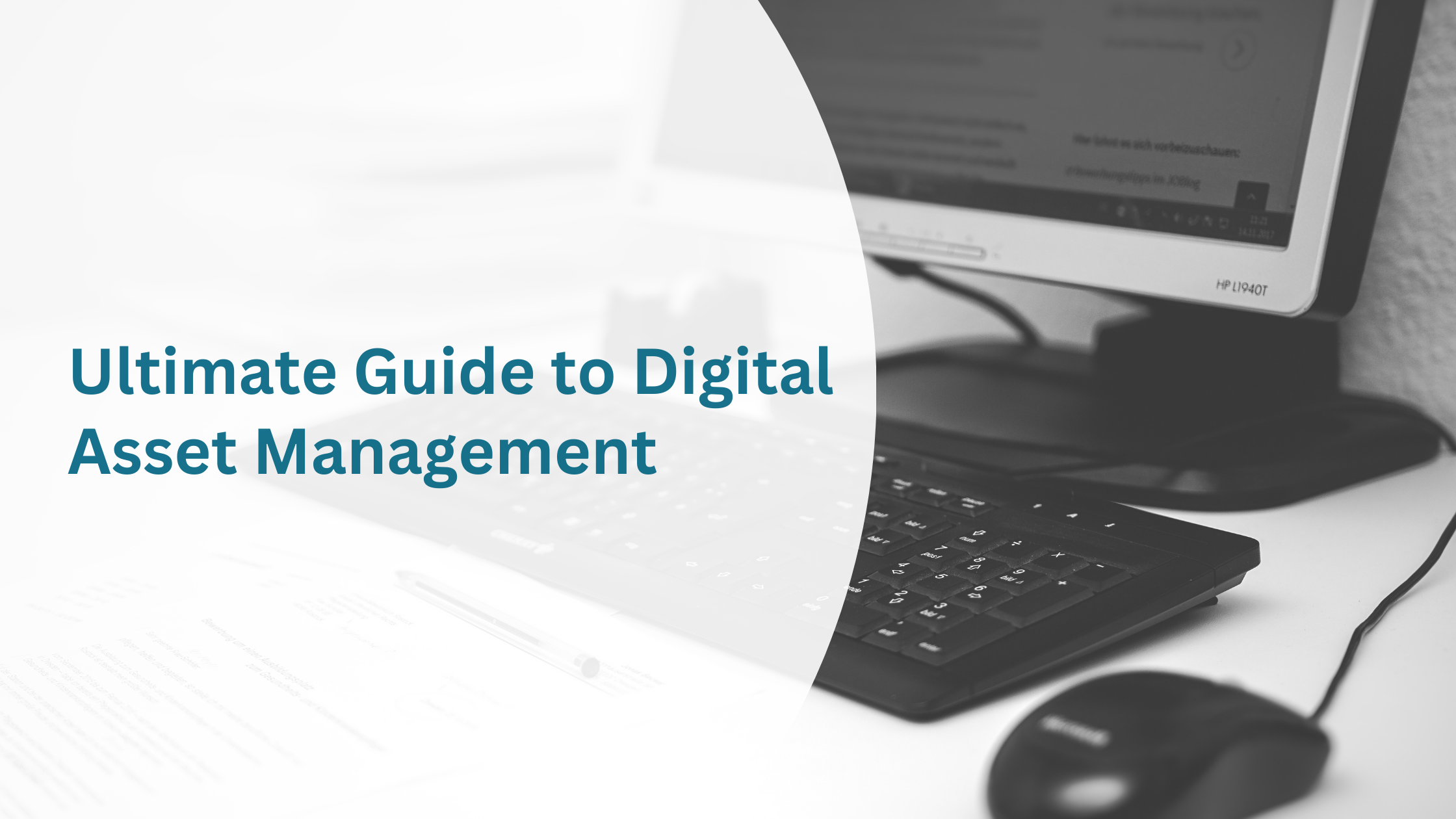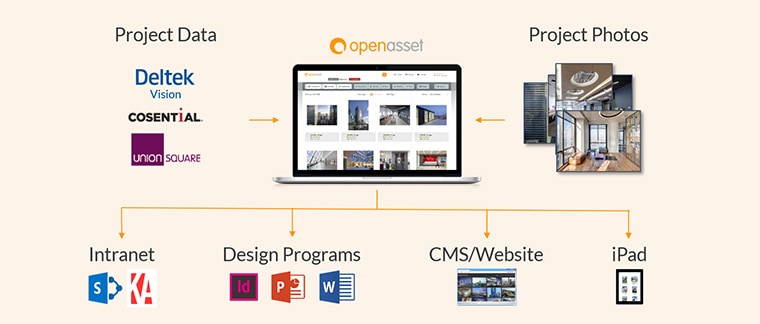10 Tips for Writing a Compelling Architecture Proposal
May 19, 2023

In the competitive world of architecture, a well-crafted proposal can make all the difference in securing clients and standing out. At OpenAsset, we help streamline the proposal creation process and increase your chances of success by saving you time and effort.
Whether you’re an experienced architect or a novice in proposal writing, our tips will help you create compelling architecture proposals that showcase your unique vision and expertise, providing you with the knowledge to captivate clients, win projects, and bring your architectural visions to life.
How to Improve Your Architecture Proposal
When it comes to winning architectural projects, the power of compelling architecture proposals cannot be underestimated. There’s always room for improvement in your proposal writing skills. In fact, we’ve created a full guide on how to create winning proposals. But for some quick help, the following sections will provide you with ten tips to help you create compelling architecture proposals.
#1: Start With A Strong Introduction
Most proposals start with a cover letter while some start with an executive summary. Regardless of how your proposal starts, you should make the proposal about the client starting on page one. Don’t make the mistake of talking about your firm’s awards and qualifications, instead start by focusing on the client.
The first page serves as a “sneak peek” to the entire proposal, which is why you should grab the reader’s attention right away. This can be done by starting with a hook and including client insights at the beginning of the proposal.
You should begin your proposal by delving into the initial discussions with the prospect, highlighting their specific challenges. By narrating their story and framing the proposal around their world, you immediately capture their attention and interest. Clients are naturally drawn to narratives that center around their own experiences, making it more likely that they will engage with the entire proposal.
#2: Write With a Client-Focused Approach
Similar to the first tip, make the focus of your pitch the client and not yourself throughout your proposal. By placing the client at the center of your writing, you demonstrate a deep understanding of their needs, objectives, and constraints. This approach allows you to tailor your proposal to their specific needs, increasing your chances of standing out.
To achieve this, conduct in-depth research and gather comprehensive information about the client, their industry, and their desired results. Incorporate their language, preferences, and goals into your proposal to show that you have taken the time to understand their unique situation.
As you write your proposal, keep it focused and be clear on the benefits your expertise can bring. Some questions to ask yourself include:
- How does my proposal benefit the client?
- What is the “end result” my client wants out of the project?
A client-focused approach not only improves the clarity and relevance of your proposal but also builds a strong foundation of trust and rapport with the client, positioning your firm as the ideal partner to bring its architectural vision to life.
#3: Articulate the Challenge
Have a clear understanding of the client’s problems or challenges. Tell the client what their issue is and address that issue only. Telling the client what their specific issue or focus is and addressing it directly in your proposal is crucial for several reasons:
- It demonstrates that you have fully understood their needs and concerns
- Clients want to work with architects who can accurately identify and prioritize their challenges
- It helps you establish credibility and build trust
- Shows that you are attentive to their requirements and have tailored your proposal to provide a targeted solution
- Increases the perceived value of your proposal
As you outline the proposed solution, be sure to provide detailed strategies for addressing each challenge. The key is to align your proposal with the client’s issue and present a compelling solution that directly addresses it. Demonstrate your expertise by offering specific, practical solutions and sticking to the agreed strategy. It’s crucial to maintain focus and follow the established plan.
#4: Engage Readers With Storytelling
At the core of every successful proposal lies a captivating story. The goal of a proposal is not simply to convey information but to connect with the readers. People connect with stories, and the same concept applies to architecture proposals. By using a compelling narrative in your architecture proposals, you can engage readers on a deeper level.
It’s not just the buildings or designs that have stories to tell; people, projects, and clients all have stories. Craft a storyline that captivates the reader’s attention from the very beginning and sustains their interest throughout the proposal.
By incorporating these stories into your proposal, you establish a relatable context. This brings the narrative to life and creates a sense of authenticity.
#5: Communicate Your Vision Clearly
To provide clarity in your proposal, avoid using complex vocabulary and lengthy discussions that only insiders would understand. Keep in mind that you are presenting complex solutions that may involve technical intricacies, which can be challenging to understand.
While clients are interested in understanding how you will tackle their challenges, they normally seek a concise overview rather than pages filled with technical jargon outlining every minute task you will undertake on their behalf.
#6: Create Easy-To-Read Content
Busy clients often have limited time to review proposals, so creating content that is easy to read and understand is essential for getting their attention and ensuring they grasp the critical aspects of your proposal.
Make it easy to read for the reviewer by bolding the key information and making the subheadings stand out. This makes it easier for the reviewer to skim through and check the boxes for compliance so they can then focus on the story you’re telling.
Bolding key information throughout your proposal allows readers to quickly identify and grasp the most important points. By emphasizing critical details such as project goals or benefits to the client, you guide the reader’s attention and make the content more scannable.
Using easy-to-find subheadings or subheadings that “pop” further enhances readability. Clear and descriptive subheadings serve as signposts, guiding readers through different sections and allowing them to locate specific information effortlessly.
#7: Include Stunning Visuals
Proposals need a balance between words and visuals. Imagery tells a story so choose the right images based on the client’s needs. According to Albert Mehrabian, Professor of Psychology at UCLA, 55% of the information we take in is visual. This means that including visual aids in your architecture proposals can greatly enhance their effectiveness and impact. Visuals such as diagrams, renderings, sketches, and photographs provide a tangible presentation of your ideas and designs, making them more accessible and engaging for clients.
#8: Create Custom Templates
Maintaining a balance between quality and speed is a frequent challenge faced during the proposal creation process, as many firms find themselves compromising on both ends. However, this is where digital asset management software like OpenAsset proves invaluable. Our solution allows organizations to increase the efficiency and consistency with which organizations generate documents.
With OpenAsset, anyone within your organization, regardless of their design skills, can effortlessly generate polished and customized materials in a matter of seconds. By leveraging the pre-approved templates available within the platform, you can ensure that the resulting documents align with your brand identity and are ready for immediate use. With just a few clicks in OpenAsset, you can overcome the quality versus speed struggle and streamline your proposal creation process.
#9: Finishing Touches
When it comes to finishing touches for architecture proposals, attention to detail can make a significant difference in impressing clients. When finished with your architecture proposal, pay special attention to the grammar, presentation, meeting RFP response compliance standards, etc.
Here are more important elements to consider:
- Use headings, subheadings, bullet points, and white space strategically to enhance readability.
- Thoroughly proofread your proposal to eliminate any grammatical errors, typos, or inconsistencies.
- Consider seeking a second pair of eyes to review the document for a fresh perspective.
- The proposal should flow and tell a visual story together from beginning to end to show you’re a seamless team.
- Stay on brand when including your firm’s branding elements, such as logo and design elements, to create a cohesive and professional look. There are tools available that make this process easier, such as modern DAM systems, like OpenAsset.
- Provide an organized table of contents that allows clients to look through the proposal easily.
- End your proposal with a clear call to action, encouraging the client to take the next steps.
#10: Implement DAM Technology
Reduce the time spent on daily operations and focus on what matters—creating your next proposal. With OpenAsset, you can better manage image libraries, improve business productivity, and create faster, better-performing proposals. A DAM provider, like OpenAsset, helps you find, use and share your assets seamlessly, saving you time and money so you can focus on creating compelling architecture proposals.
By applying the ten tips we’ve shared and implementing DAM technology, you’ll be well-equipped to create proposals that help your firm grow and succeed. To learn more about writing compelling architecture proposals check out our guide, here.
Start With OpenAsset
Crafting a persuasive proposal is crucial in winning clients and securing projects for your architecture firm, and we understand the challenges you may face. OpenAsset’s project-based Digital Asset Management (DAM) platform empowers AEC firms to create high-quality RFP responses quickly and easily. With OpenAsset, you can streamline your proposal creation process and elevate the overall effectiveness and professionalism of your proposals. OpenAsset as a DAM solution allows you to increase your efficiency, save time, and present amazing proposals that leave a lasting impression on clients.
To answer your questions about our DAM technology, you can reach out to our Support team, here or contact OpenAsset today to schedule a demo.





